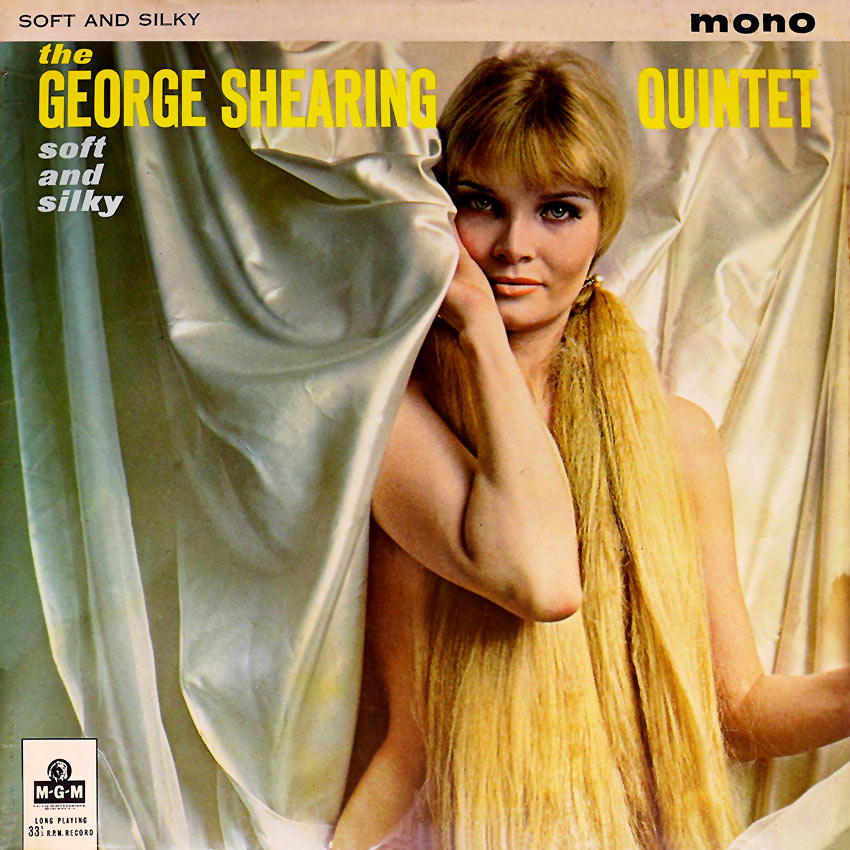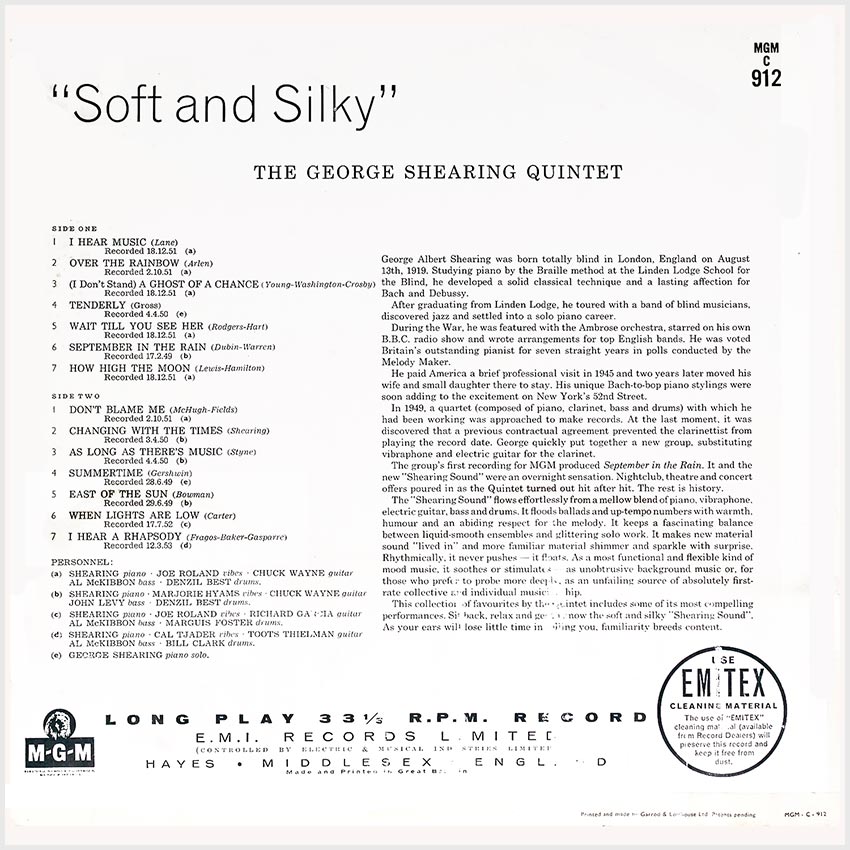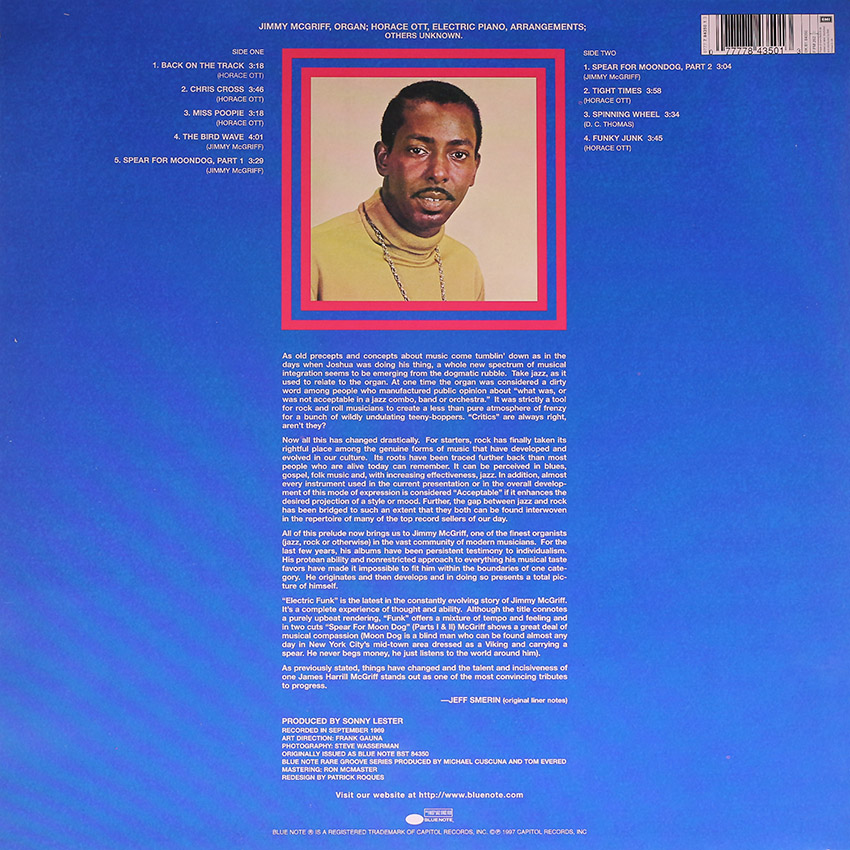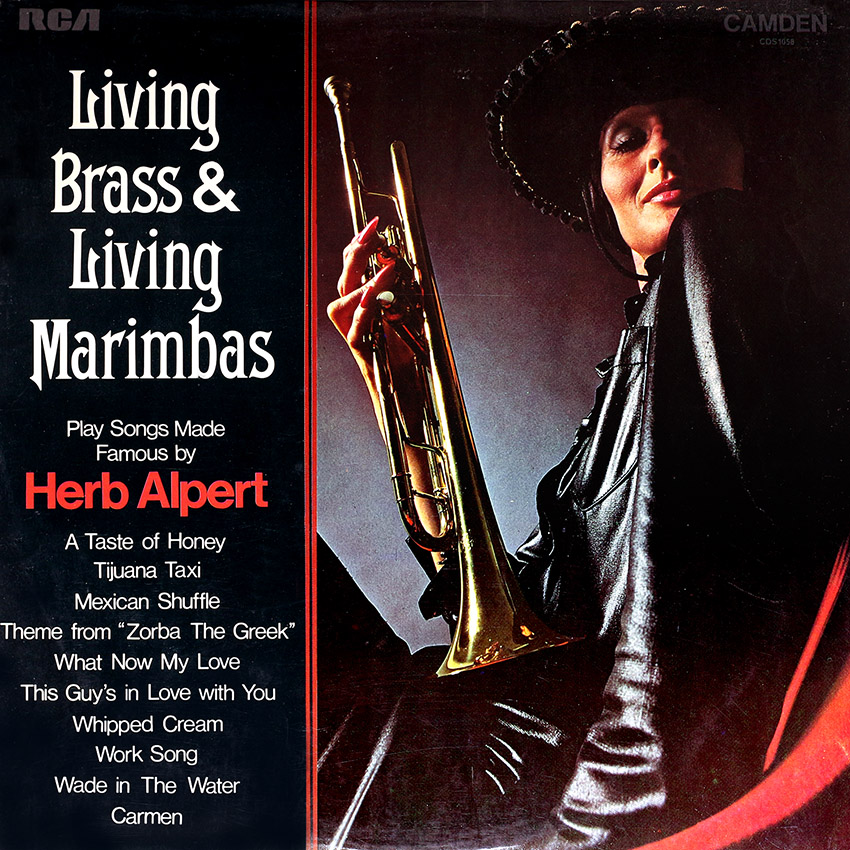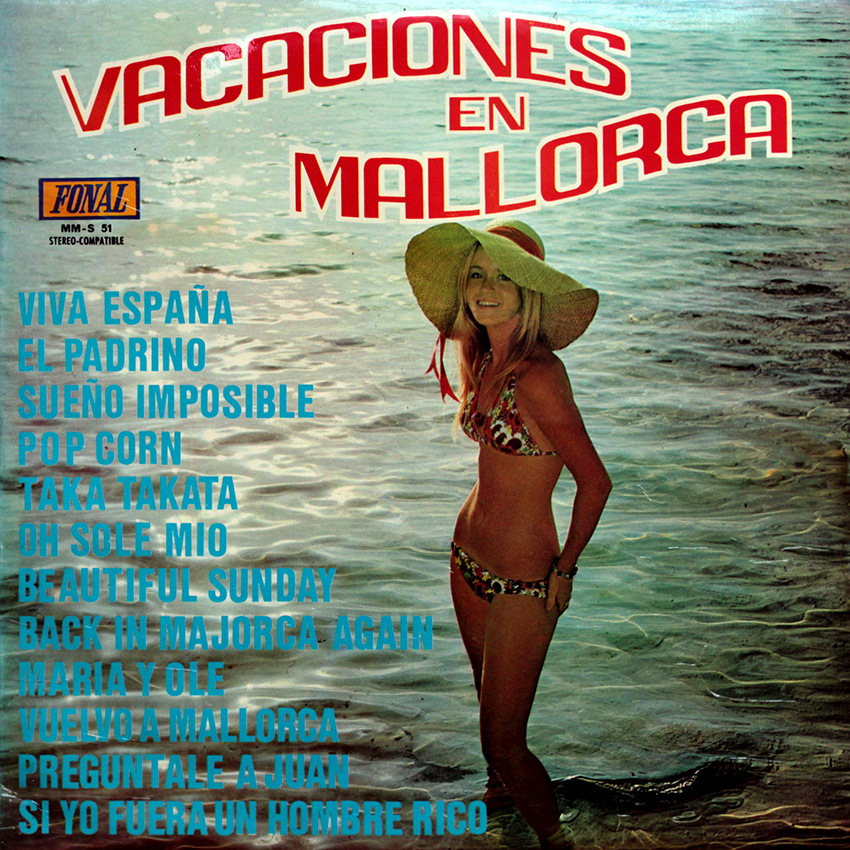Timi et ses Tahitiens – Amour et Tamouré
Sleeve Notes:
TWIST DE TAHITI Le tamour se compose de 3 figures principales : les “ciseaux”, la “glissade”, le “roulement á bille” TWIST OF TAHITI The tamour consists of 3 main figures: the “scissors”, the “slip”, the “ball bearing”
“LES CISEAUX” “Les ciseaux” est un pas exclusivement réservé aux hommes. Les genoux á demi flechis doivent s’écarter et se rapprocher (fig. 1-2-3-4) en rythme. La cavaliére pendant ce temps tourne autour de son partenaire en se déhanchant (“roulement á bille” fig. 9- 10) “SCISSORS” “Scissors” is a step exclusively reserved for men. Half-flexed knees should move apart and move closer (Fig 1-2-3-4) in rhythm. During this time, the rider turns around his partner while swaying (“ball-bearing” Fig. 9-10)
“LA GLISSADE” “La glissade” est un pas exécuté par les deux partenaires. Alors qu’une des jambes (la droite ou la gauche) sécarte et se resserre sans toucher le sol dans un mouvement de ciseau. Le pied á terre dans un mouvement de glissade fait avancer le corps de face ou de coté. “SLIDING” “Sliding” is a step taken by both partners. While one of the legs (the right or the left) spreads and tightens without touching the ground in a chisel movement. Foot down in a sliding motion moves the body forward or sideways.
“LE ROULEMENT A BILLE” C’est le pas de la femme. Le haut du corps est immobile. Faire avec les hanches un mouvement ondulatoire tandis que l’homme fait les ciseaux. Pour finir la danse, les deux partenaires face á face se baissent, continuant leur figure : l’homme, les ciseaux; sa partenaire, le roulement á bille. “THE BALL BEARING” It’s the step for woman. The upper body is still. Make with the hips an undulatory movement while the man does the scissors. To finish the dance, the two partners face each other lower, continuing their figure: the man, the scissors; his partner, the ball bearing.
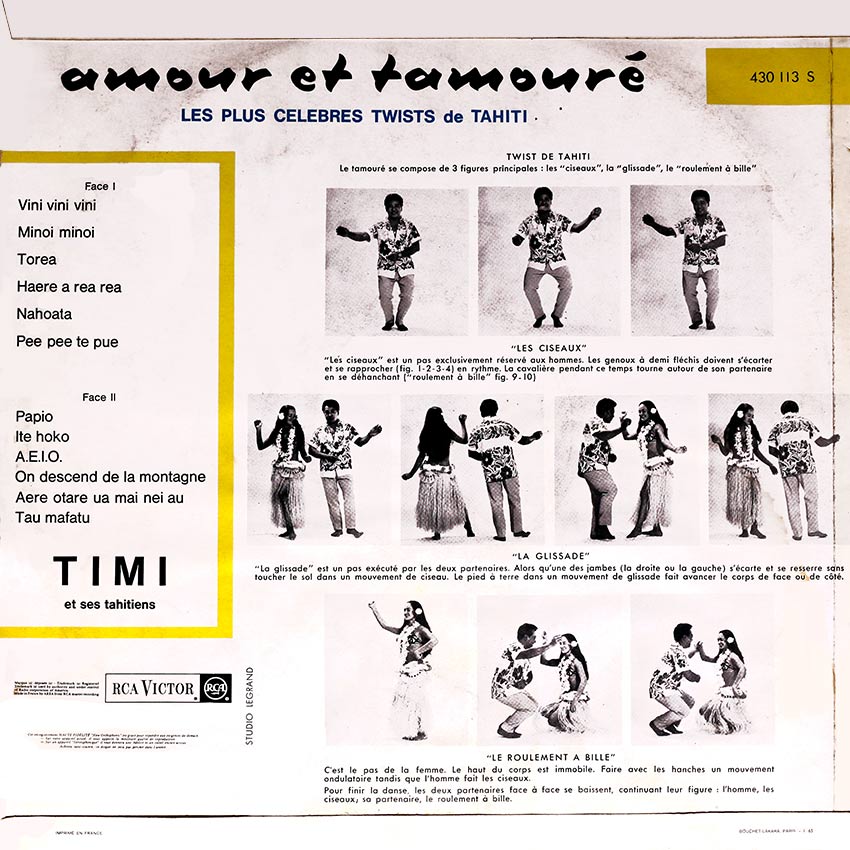
Listen to the last track from Side One – and imagine you’re watching Sponge Bob Squarepants
Label: RCA Victor 430 113 S


